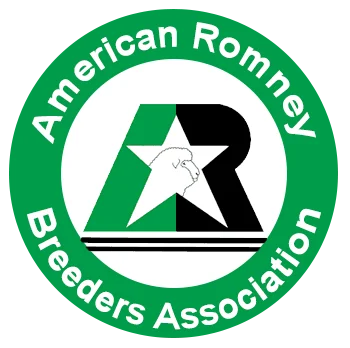Paddock Layout
Rotational Grazing- Paddock Layout and Construction
 From: Pasture Management Guide for Livestock Producers,
From: Pasture Management Guide for Livestock Producers,
Iowa State University Extension
Once the decision has been made to develop a rotational grazing system and the preliminary calculations are made, you should have some idea of the basic plan- how many paddocks or pastures will be needed and their approximate size. The challenge now is how to best fit the basic plan to the conditions of the specific site. There are few hard rules for paddock layout, but there are some good guidelines. The most important consideration in layout and design is to design with flexibility in mind.
One guideline often suggested to maximize flexibility in your start-up year of a system is “don’t build or install anything that can’t be easily moved or shifted.” If the site has no preexisting fences or water sites, this ultra-flexible approach may be feasible. But many sites already have some preexisting permanent fencing, water sites, and handling facilities that may be suitable to include in the layout design. There is always the risk however, that too much of the existing fencing will be kept in an effort to economize at the sacrifice of a more flexible or efficient layout. Don’t be afraid to invest in some temporary fencing and water distribution materials in the early years of a rotational grazing system. Many producers are not really satisfied with their first design and are generally glad they did not install it permanently.
Other possibilities for flexibility that should be considered include laying out a few paddocks initially with the intent of further divisions in the future; installing some main fence lines and lanes with permanent fencing materials but using temporary or semi-permanent fencing for all other internal divisions to allow for more efficient hay harvest and fertilization; or using temporary fencing to create variable-sized paddocks as the season and regrowth characteristics dictate, an example being the daily or half-day strip grazing practiced by dairy graziers.
For every site there will likely be several good and workable layouts. Get a good to-scale map of the site, and walk across the site to get a good sense of the general lay-of-the-land, paying special attention to ditches, drainage areas, trees, existing livestock trails, and other features of the site that may influence or interfere with movement of livestock. Consider paddock and lane arrangements by using the list of guidelines.
Guidelines for Paddocks
- Paddocks should be as square as possible (no more than 3:1 length:width).
- To lessen erosion, avoid aligning paddocks from the top of a hill to the bottom. If possible, make hilltop paddocks, side hill paddocks, and bottomland paddocks.
- If pasture forage types vary across the pasture, attempt to confine the different forage types to separate paddocks.
- It is more important that paddocks be as equal as possible in forage productivity, than equal in area.
- Forage on south-facing slopes grows at a different rate than that on north-facing slopes. If possible, fence slope orientations separately.
Guidelines for Lanes
- Avoid orienting lanes up and down slopes. If possible, orient lanes on the contour.
- Avoid directing lanes through wet or low areas.
- Place paddock gates in the corner of the paddock and nearest the water source.
- Make lanes wide enough for free movement of vehicular traffic and easy access to paddocks.
- Make paddock gate widths equal to the width of the lane, so the open paddock gate can be used to block animals from unneeded parts of the lane.
It will not be possible to accommodate all of these guidelines in every design. Draw several alternative layouts on paper and select the two or three that require the least amount of fencing. View these in regard to their potential to add additional water sites in the paddocks. A goal should be to have a water site within 800 feet of all areas of the system; a water point in each paddock is considered the best.
Take two or three best designs to the field and view the areas again with the alternative designs in mind. Use flags or stakes on proposed fence lines. Have grazing advisors form Extension, NRCS, consultants, or other experienced rotational graziers visit the pasture to provide additional suggestions or comments. Visit other grazing systems for guidance about mistakes made, precautions, and features that others feel are desirable.
Once a design is chosen, begin assessing the suitability of existing fencing. Use what is still useful, but seriously consider the costs and benefits of new construction. There are many new fencing technologies available, whether permanent, semi-permanent, or temporary. All can be adapted to electrification. Begin to acquire fencing and water distribution materials, and begin installing the layout.
